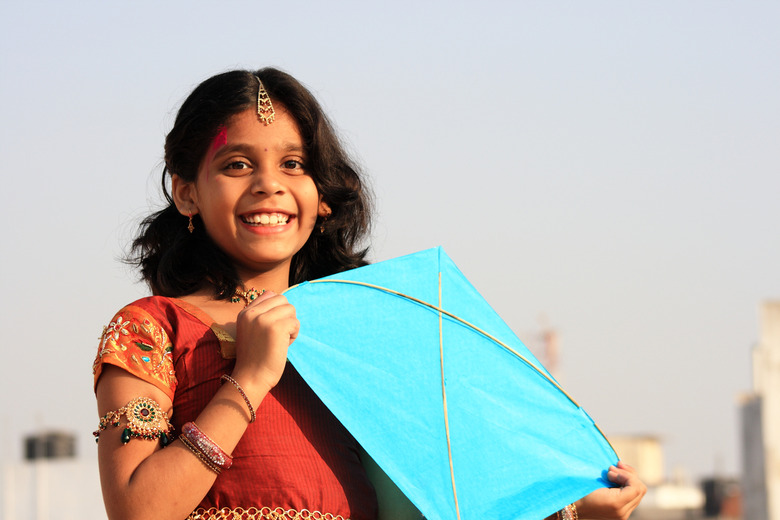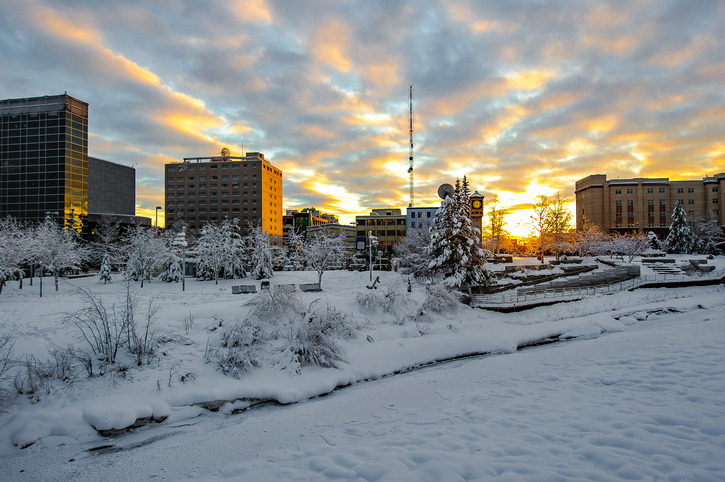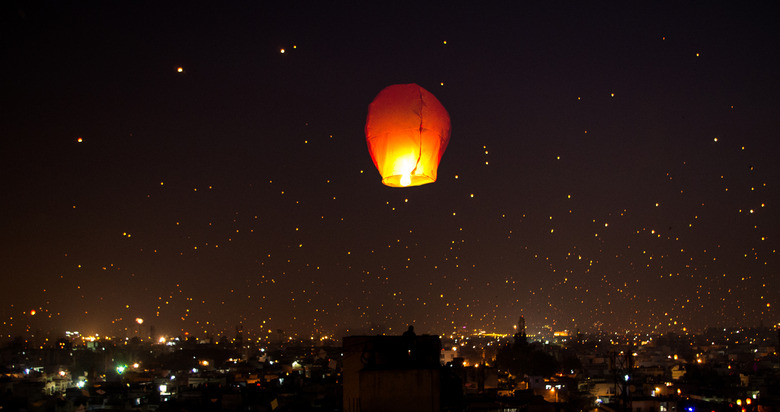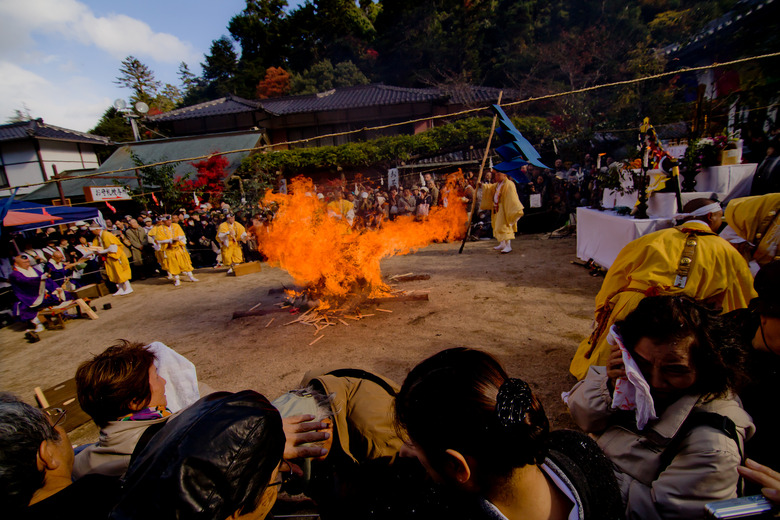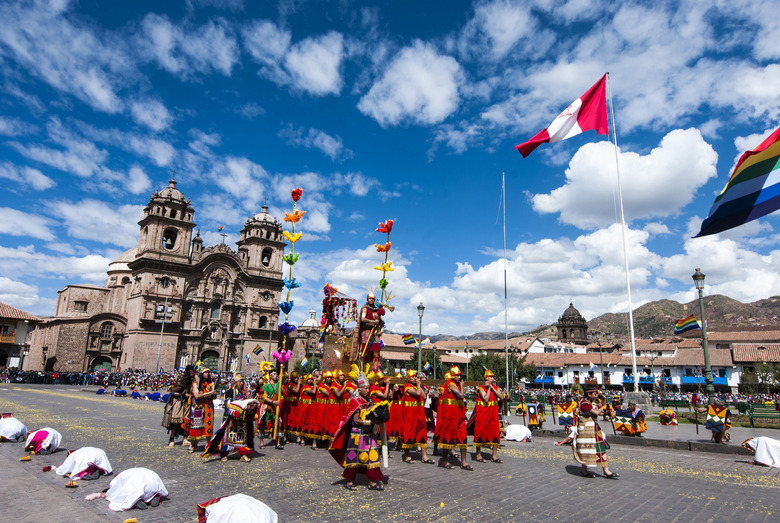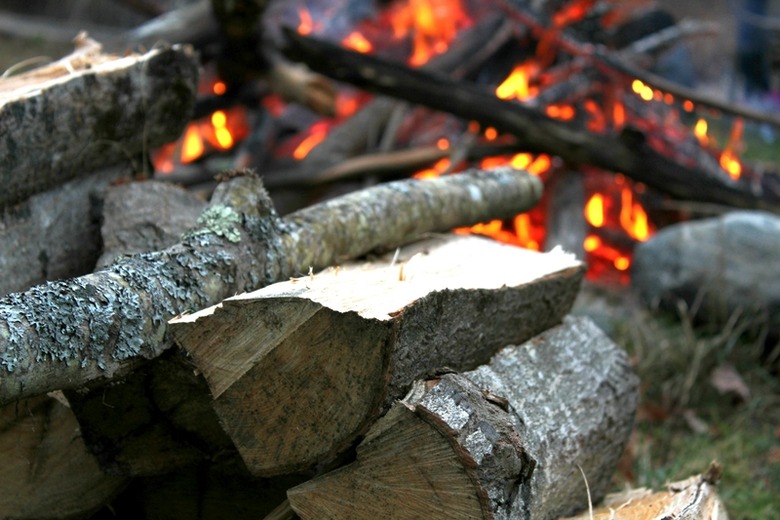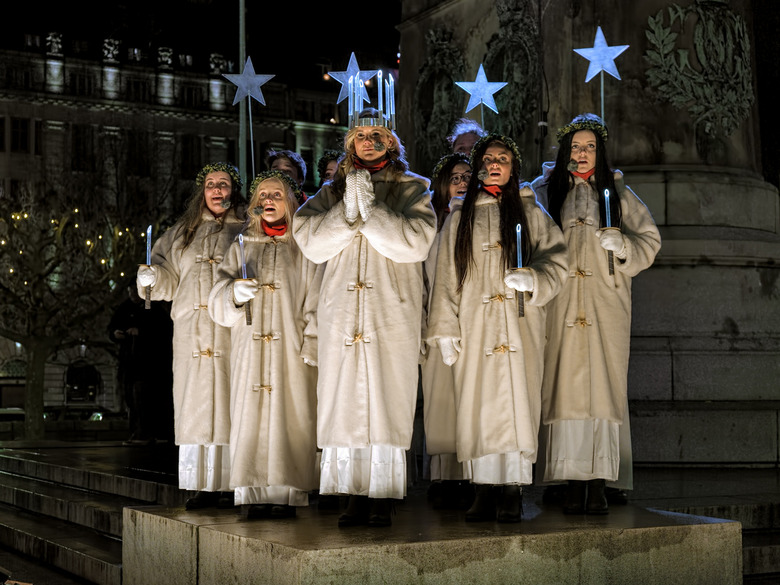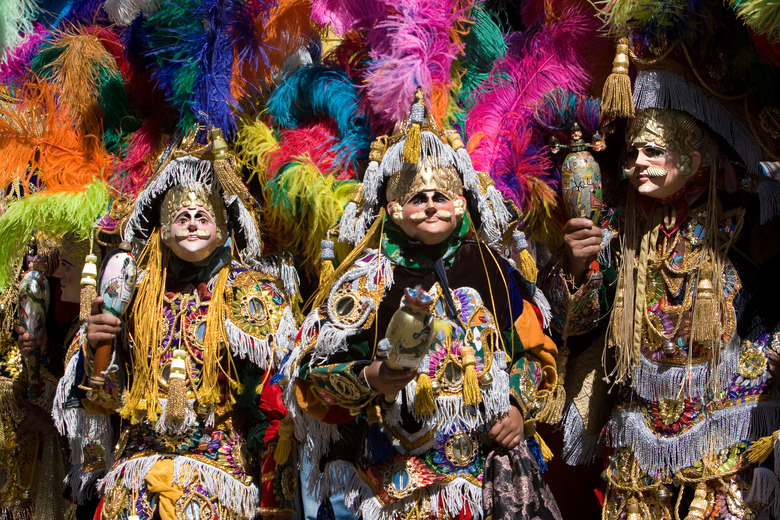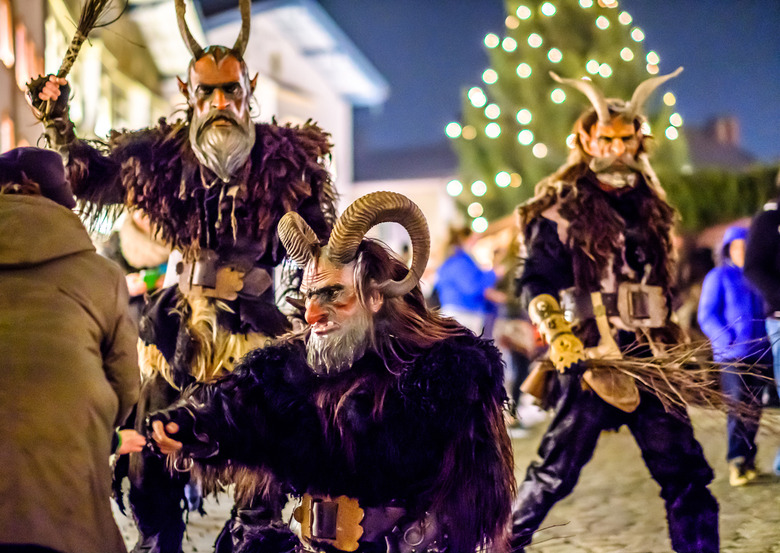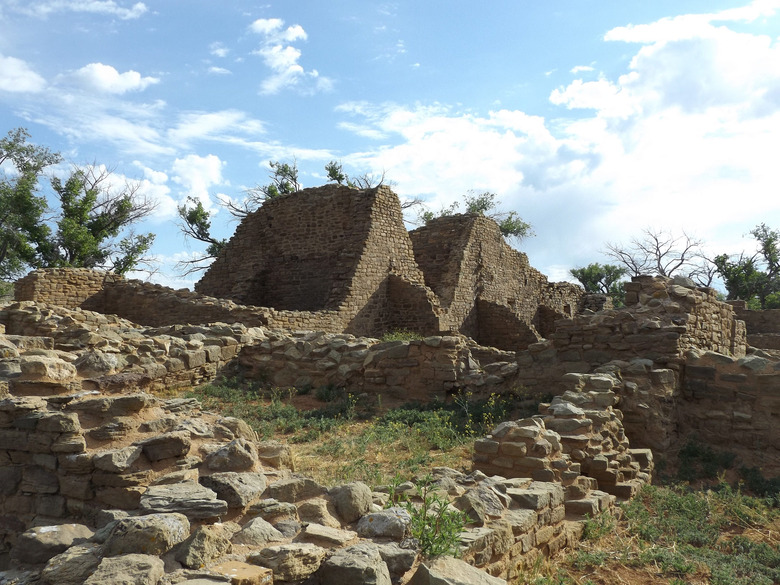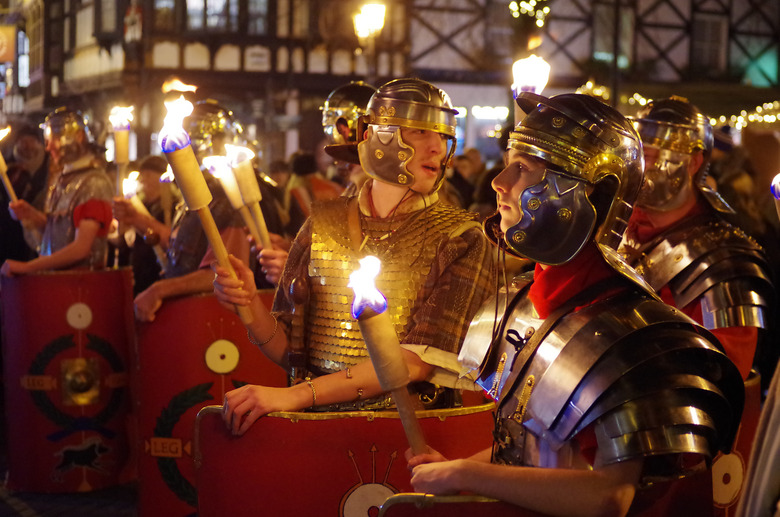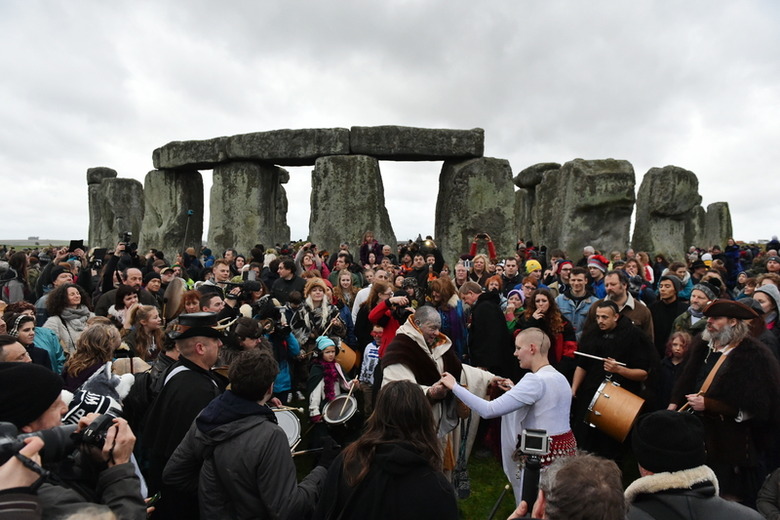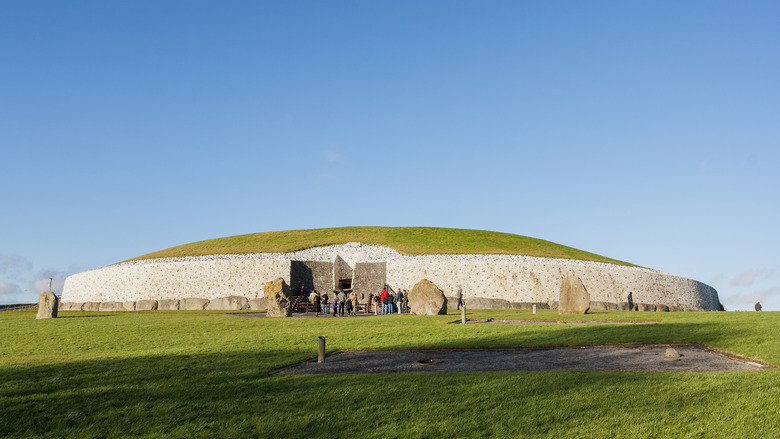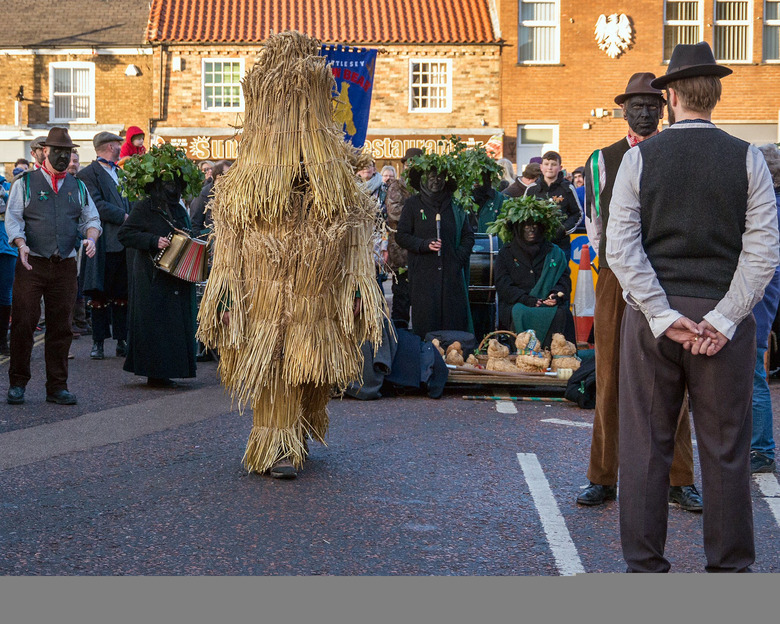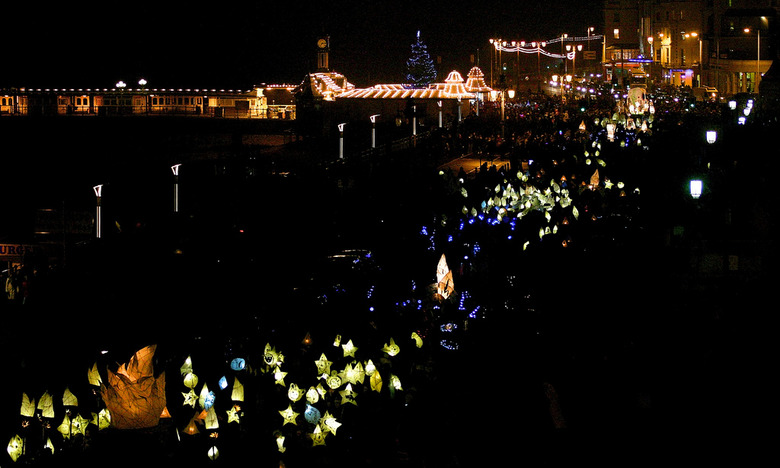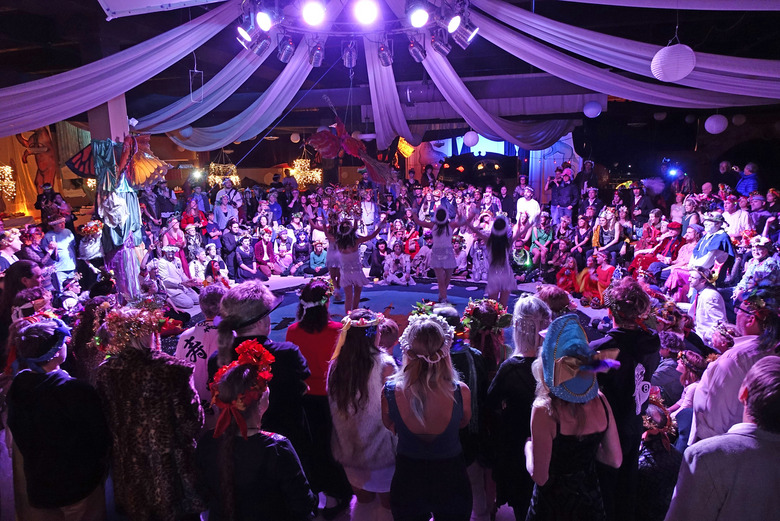15 Fun Facts About The Winter Solstice Slideshow
The winter solstice is the longest night of the year, but it means so much more to cultures around the world. Read on to discover what makes the winter solstice such a unique time of year.
1. It’s the longest night of the year
The entire Northern Hemisphere sees the shortest amount of sunlight all year, though how little light you get depends on your location. In Fairbanks, Alaska, the sun is only up for four hours. Conversely, during the summer solstice, the sun is up for almost 24 straight hours in Fairbanks and the town hosts a baseball game at midnight.
2. It’s not always the same day
While the solstice is typically on Dec. 21, it fluctuates each year. In cultures that use a lunisolar calendar, however, it stays the same. The Hindu holiday Makar Sankranti celebrates the winter solstice on Jan. 14 every year, at the end of the solar month when the solstice takes place rather than the day itself. The festival celebrates the harvest and a fresh start. The holiday looks different and goes by different names across India, but in Jaipur, the sky is lit up with millions of lanterns and fireworks at night.
3. It’s celebrated by modern religions
While many might associate solstice celebrations with ancient druids or pagans, many major world religions' holidays are based on the solstice. Along with Hinduism, Buddhism also sees the winter solstice as a cosmic turning point. On the winter solstice each year, the Kawasan Saenazumi Jinja Shrine on Mt. Kaba hosts the Hiwatari Matsuri, or Fire Walking Festival. During the ceremony, the temple's monks walk across burning embers in a cleansing ritual while praying for health, peace and good fortune. Other Shingon Buddhist and Shugendo temples around the country host similar ceremonies at different times of the year.
4. It takes place in June in the Southern Hemisphere
As seasons are the opposite in the Southern Hemisphere, the winter solstice there actually takes place in June. Thus, that's when typical celebrations of the shortest day of the year take place, such as the Inca celebration of Inti Raymi, or the Festival of the Sun. After the Spanish conquest, the ceremony was banned along with other Inca traditions, but in 1944, the festival was revived based on historical descriptions. Today, thousands of spectators gather to watch the colorful ceremony.
5. It inspired Yule
In modern times, yule logs evoke thoughts of cake and snuggling by the fireplace rather than the European traditions of yore. Yule is actually a Scandinavian pre-Christian holiday centered around the winter solstice, the customs of which were absorbed by Christianity. Christmas trees, lighting candles, the 12 days of Christmas and more can be traced back to Yule. The city of Riga in Latvia re-creates the ancient folk custom each year. The yule log is rolled through the streets then burned it in a symbolic bonfire to destroy the sorrows of the past year and bring good luck to the city and its residents in the future.
6. Many solstice holidays were incorporated into Christianity
Another winter solstice-based holiday, St. Lucia's Day, or St. Lucy's Day, is a combination of pagan and Christian traditions. On Dec. 13, Scandinavia celebrates the early Christian martyr with pageants in which a young girl dresses as the saint in white with a crown of candles on her head. Lucia's name means "light," and many of her symbols are borrowed from solstice celebrations.
7. It used to mark St. Thomas Day
Though it has officially been moved to July, the Catholic feast of St. Thomas the apostle originally fell on the winter solstice. It's still celebrated on the solstice in Chichicastenango, Guatemala, which claims Thomas as its patron saint. The Fiesta de Santo Tomás combines Catholic and native Mayan solstice traditions. On the feast day, the town plaza is filled with people wearing ornate costumes, headdresses and masks and performing traditional songs and dances.
8. It inspired the folk character Krampus
The Alpine character of Krampus has made it to the mainstream, inspiring horror films and themed events around the world. Krampus was originally a pagan character who evolved into the demonic accomplice of St. Nicholas tasked with punishing naughty children. He's now a Christmastime character who appears at Christmas markets, but he also has his own event called Krampuslauf, or Krampus runs. On the night before St. Nicholas Day, hundreds of men dressed in massive horned masks and furry suits run through the streets. It's thought the custom was traditionally used by locals to scare away winter.
9. It’s significant to Native Americans
Many ancient cultures around the world based their religions and rituals around the sun, including the Pueblo people of the American Southwest. The Ancestral Puebloan Great Houses at the Aztec Ruins National Monument in New Mexico were constructed in alignment with the sun more than 900 years ago. At the winter solstice, park rangers lead visitors to a rarely seen part of the ruins to experience the mystical alignment of the buildings with the setting sun.
10. It made the Romans go wild
The ancient Roman winter solstice celebration of Saturnalia aligned with the solstice. The raucous festival was held in honor of the god Saturn, who had power over agriculture, wealth and renewal. Celebrations, which lasted for a week, involved banquets, gambling and parties as well as role reversals between masters and slaves. It later evolved into the medieval Feast of Fools. Today, the tamer side of the celebration has been revived Chester, England. The town was once a Roman fortress, so on the solstice, revelers parade through the city dressed as torch-wielding Roman soldiers.
11. It guided ancient architecture
Wiltshire, England, is home to perhaps the most famous piece of prehistoric architecture: Stonehenge. The mysterious monument predates the Roman Colosseum and was actually built in alignment with a sight-line to the winter solstice sunset. Every year, the ring of stones attracts thousands of druids, pagans and casual onlookers who gather at the winter solstice to witness the alignment and mark the return of the sun.
12. It turned Stone Age farmers into innovators
Even older than Stonehenge is the Newgrange tomb in Ireland. This 5,000-year-old mound was built by Stone Age farmers in alignment with the winter solstice sun, which perfectly illuminates the passage and inner chamber for 17 minutes each year. This feat of engineering is a coveted sight to behold: The site's staff choose just 60 people a year via a lottery draw to go inside the chamber during the solstice season. In 2017, more than 32,000 people applied.
13. It’s associated with the harvest
Ancient people groups were reliant on agriculture, and the solstice marked the end of the harvest season and the onset of winter. This meant feasts or special meals as well as rituals to enjoy the year's bounty. One unusual surviving harvestime custom is celebrated in Whittlesey, England. During the Straw Bear Festival, more than 250 traditional dancers, musicians and performers process through the town's streets ahead of the dancing Straw Bear, a man dressed in a 70-pound suit made of the best straw from the harvest. The following day is the "bear burning," in which the costume is set on fire to make way for the new year's harvest.
14. It marks the end of the year
As the winter solstice is a natural turning point, it has been used to mark the end of the year for many societies. A newer celebration in England takes this changing of time very literally. For two decades, the coastal town of Brighton has lit up the longest night of the year with the Burning the Clocks celebration. Thousands of marchers dress up and carry paper lanterns decorated with clocks to a bonfire on the beach, where they are burned to mark the year's end.
15. It has inspired modern interpretations
Though it's associated with many ancient practices, the solstice still inspires new celebrations today. In Seattle, the Fremont Arts Council fancies the fantastical at its annual Feast of the Winter Solstice, a whimsical potluck dinner straight out of "A Midsummer Night's Dream." The evening celebrates community and creativity on the longest night of the year. Guests build the decor themselves then dress in dreamy costumes and headdresses and enjoy art installations, music, dancing and performances of traditional solstice rituals.
